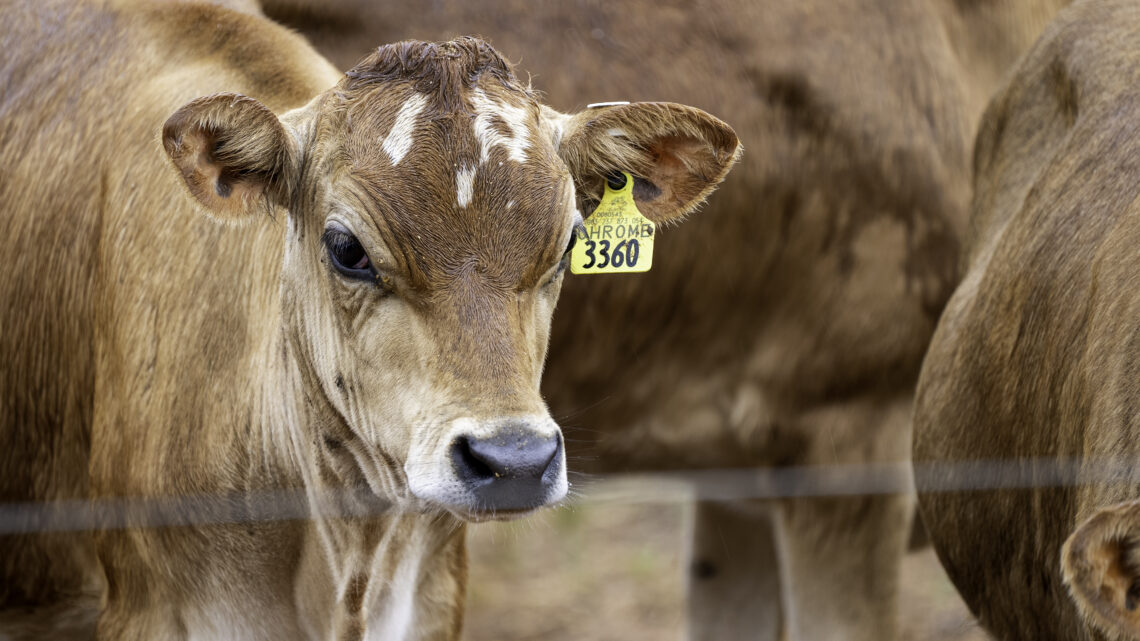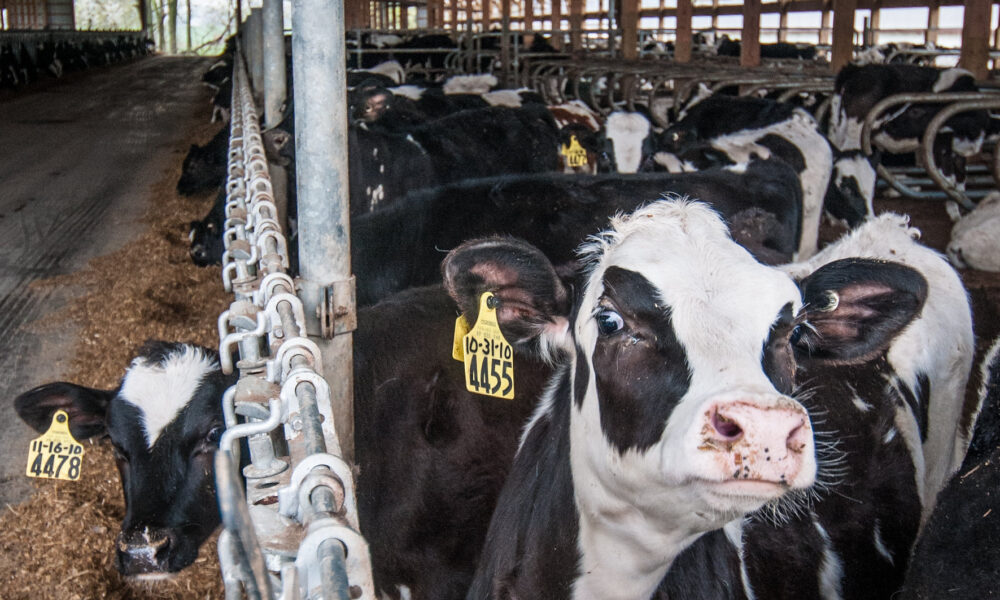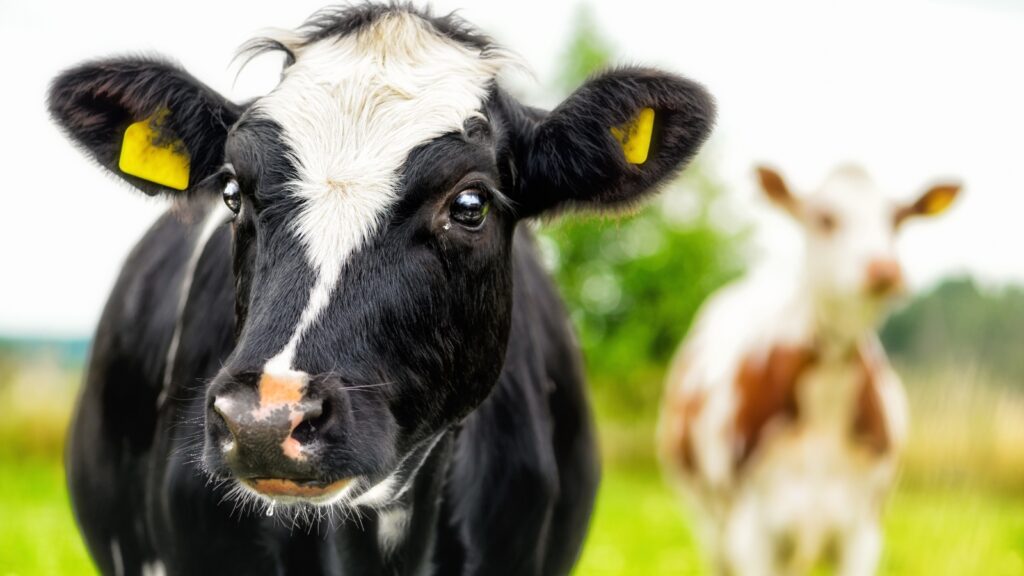
Stampede of Solutions: How Cow Tagging Standards Impact the Industry
October 19, 2023In a world of ever-evolving technology, the cattle industry is no exception. With the emergence of cow tagging standards, ranchers and producers are now faced with an array of options when it comes to tracking their livestock.
But what does this mean for the future of the industry?
Stampede of Solutions: How Cow Tagging Standards Impact the Industry dives into this question by examining how different approaches to tagging cows can shape both traditional ranching practices and modern technology solutions in equal measure.
From RFID tags to digital ear tags, readers will discover which strategies are being used today and what implications these have on the global market.
Join us as we explore how cow tagging standards are revolutionizing livestock management throughout the agricultural sector!
Benefits of Adopting Cow Tagging Standards

Source: blog.ucsusa.org
Adopting cow eartag standards has numerous benefits for the industry. One of the most important advantages is that it allows farmers and ranchers to identify individual animals with ease.
This makes it easier to organize and manage herds, as well as track genetic lineage and overall health. It can also help reduce costs associated with labor-intensive livestock management procedures like herd movements or vaccinations.
Additionally, cow tagging standards provide greater insight into animal behavior by allowing farmers to monitor diet changes or other environmental conditions more effectively. Furthermore, this helps improve operational efficiencies while providing a better understanding of how each breed interacts within its group.
With these benefits in mind, it’s clear why so many producers are turning to cow tagging standards when looking for reliable solutions for their farms and ranches.
Challenges with Implementing Cow Tagging Standards
The challenge of implementing cow tagging standards is twofold. On the one hand, producers have to ensure that their herds are properly tagged for them to remain compliant with industry regulations.
Additionally, producers must also navigate uncertain terrain as the regulations themselves are subject to change over time. For example, producers must keep up with new technologies and developments to stay current with changing standards and requirements.
Moreover, a producer’s ability to implement cow tagging standards can be hindered by limited resources or an inadequate understanding of how best to utilize existing resources.
This reality further complicates matters as it places additional strain on producers who may not have access to top-of-the-line technology or data specialists that could help streamline implementation efforts.
Finally, budget constraints can play a major role in hindering production’s ability to adhere adequately and comply with cow tagging standards due to the cost associated with purchasing supplies such as tags and scanners or investing in software updates necessary for compliance purposes.
In this respect, producers often find themselves caught between a rock and a hard place when attempting to meet these requirements while simultaneously managing costs within their business operations

Source: www.producer.com
Solutions for Achieving Optimal Results from Cow Tagging Standards
When looking to achieve optimal results from cow tagging standards, ranchers should consider investing in a comprehensive traceability system to ensure compliance with international regulations and animal welfare practices.
This will create an audit trail of each stage of a cow’s production cycle, allowing for better tracking of its movements and health records.
Additionally, producers should look into integrating predictive analytics platforms that incorporate AI and ML technologies. These platforms can provide real-time insights into herd movement patterns and feed usage data which can be used to make faster decisions based on current trends.
Moreover, utilizing cloud-based storage services can help keep track of collected data more efficiently while ensuring security measures are also taken into account.
By considering all these steps when implementing cow tagging standards, producers stand the best chance at achieving success in their operations while keeping costs down along the way!
Conclusion

Source: plantbasednews.org
The increasing demand for cow tagging standards has had a tremendous impact on the industry. By providing more reliable data, and creating an easier way to keep track of cows, eartags have revolutionized how ranchers manage their herds.
While there is still room for improvement in terms of cost-effectiveness and standardization across states, eartag technology is helping create a safer environment for ranchers and cows alike.
In addition to improved safety, these tags can also help boost the overall productivity of cow farms by allowing managers to better track individual animals’ health records and performance levels.
With all these benefits in mind, it’s clear that the stampede towards smarter cow tagging solutions isn’t slowing down anytime soon.


